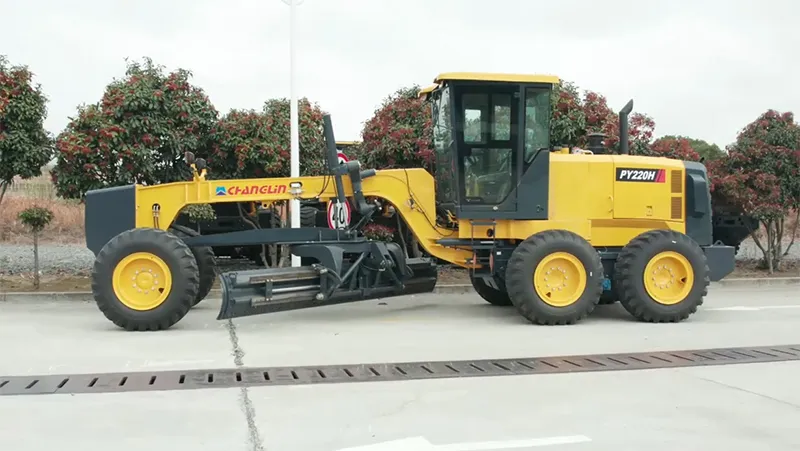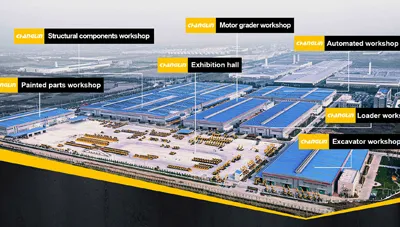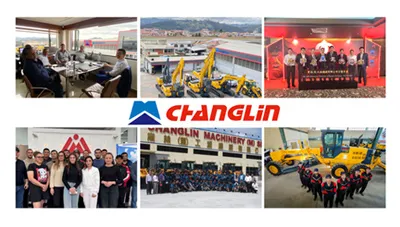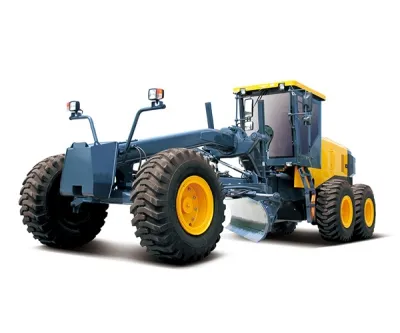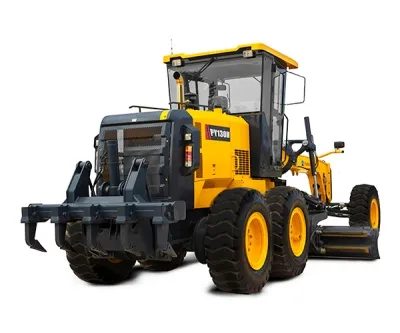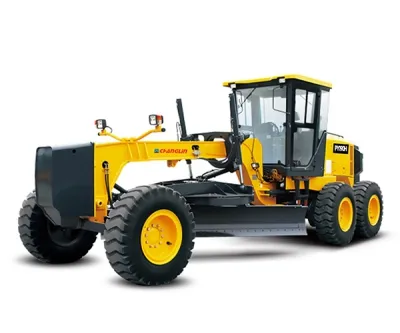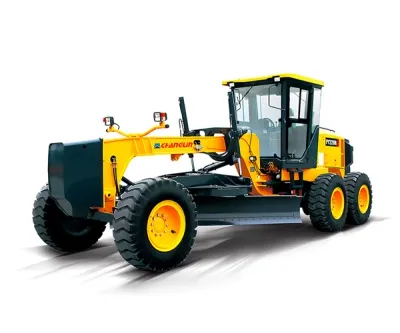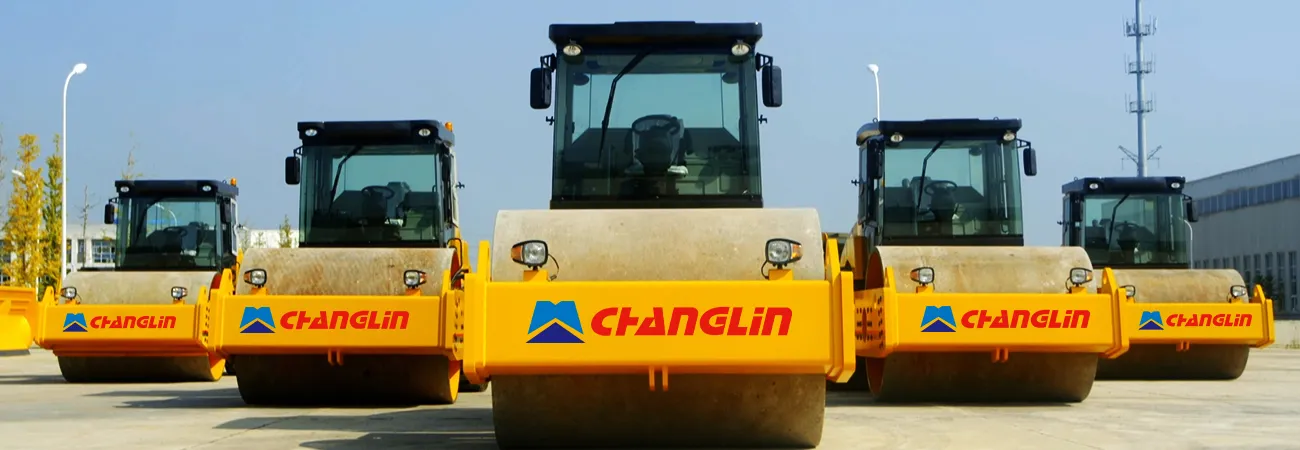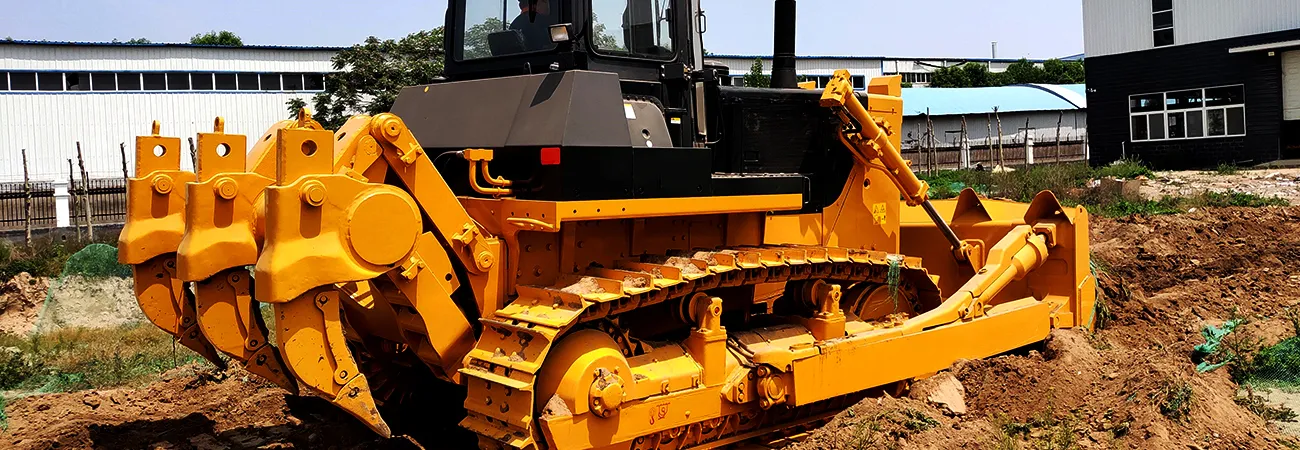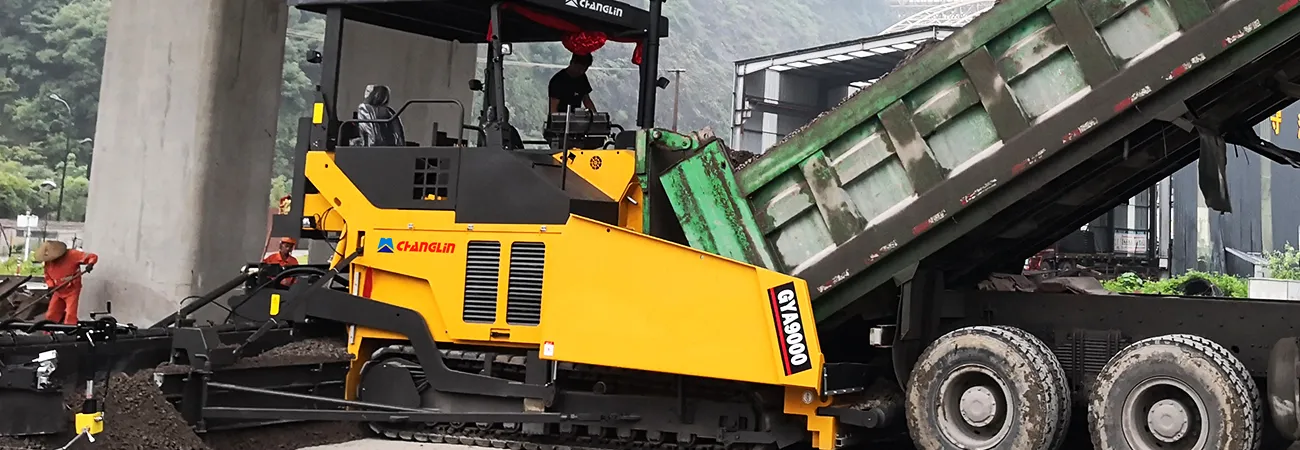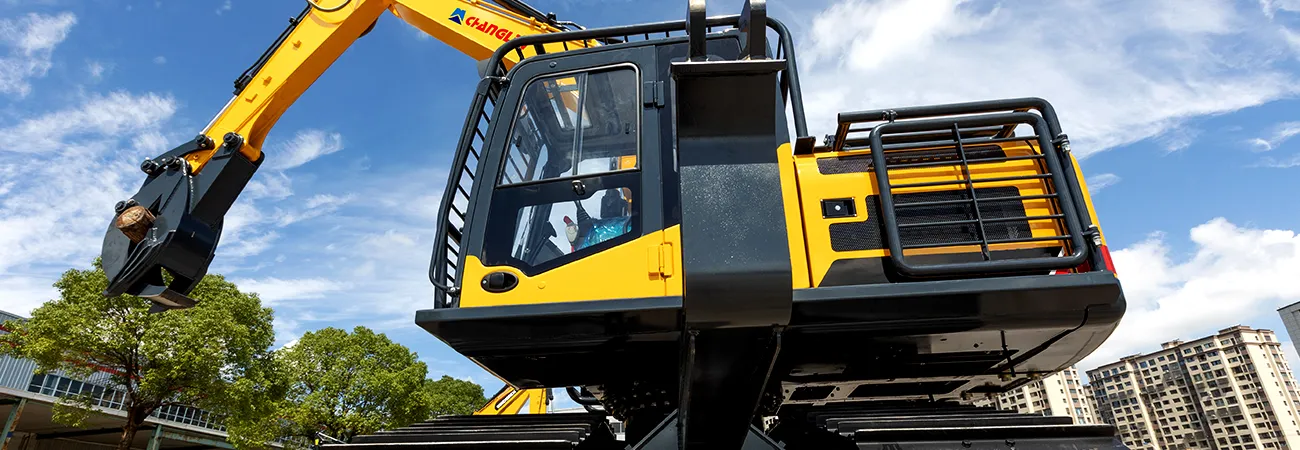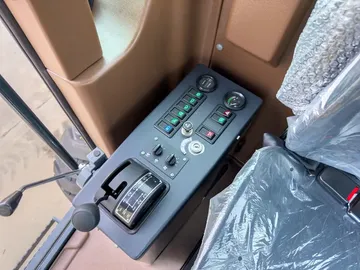
Features electric-hydraulic single-lever control, a power shift transmission T/M (6 forward, 3 reverse), and dual throttle system (foot and hand) for responsive handling during various working positions. Includes an electric shutdown system for convenience.

Six-wheel drive system paired with a ZF gearbox and EATON differential with NO-SPIN technology delivers strong traction, ensuring consistent performance under heavy-duty conditions.
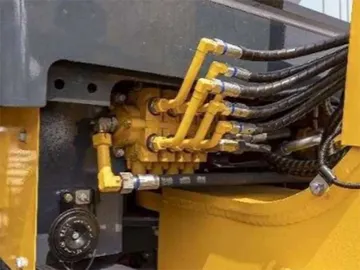
The hydraulic system adopts a single-pump supply setup. Oil is distributed to the left and right control valves through a diverter valve, and then partially merged downstream. This configuration maintains a stable system pressure of 17.5 MPa, while reducing overall flow volume and minimizing energy loss. It ensures efficient operation across all functions without compromising performance.

The dual-row heavy-duty roller chain design delivers an average breaking strength of 26 tons. This efficient setup eliminates the need for tensioning maintenance and performs reliably even under the toughest working conditions, preventing chain breakage during high-load operations.
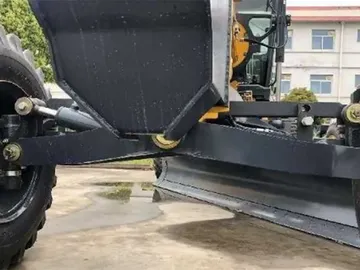
The moldboard delivers a cutting depth of up to 535 mm and features an adjustable curvature ranging from 29° to 77°. This wide range of blade angles ensures efficient rolling and movement of various soil types, supporting more demanding and precise grading work.
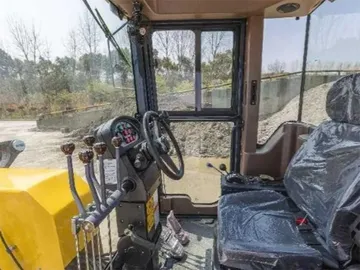
Offers a wide, unobstructed view of the worksite and features a suspension seat with a headrest for enhanced comfort. Optional ROPS/FOPS-certified cab includes upgraded interior, MP3/FM system, high-power air conditioning for both heating and cooling, and USB charging ports.
Overall Dimensions
- Length 9250mm
- Width 2600mm
- Height (to the top of the cab) 3420mm
- Wheel base 6100mm
- Track width 2120mm
- Min. turning radius 7.4m
Performance
- Operating weight 16600kg
- Blade length 4320mm
- Blade height 580mm
- Shovel blade thickness 20mm
- Max. lift above ground 450mm
- Max. grading depth 535mm
- Max. shoulder reach (outside of rear tires) 2400mm
Travel Speed
- Forward (1-6) 6.86/11.78/15.51/26.17/32.59/50.86km/h
- Reverse (1-3) 6.86/15.51/32.59km/h
Diesel Engine
- Model ShangChai Engine
- Type Direct injection, turbocharged, water cooling
- Rated output 162kW
- Rated speed 2200r/min
- Max. torque 844N.m@1400r/min
SINOMACH has developed a global footprint, with marketing and service systems covering over 100 countries and regions.
Subsidiaries in West Africa, India, and South Africa, a joint venture in Malaysia, with offices in Mexico, Argentina, and the Philippines.
Supplied large-scale turnkey equipment packages including excavators, loaders, bulldozers, rollers, and graders for major infrastructure projects in Africa, mining operations in South America and the CIS, highways in West Africa, and engineering projects across Central Asia.



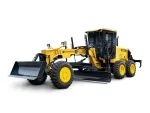
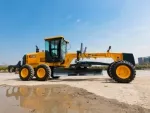
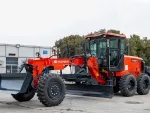
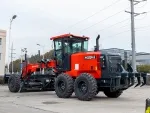

 Length 9250 mm
Length 9250 mm  Operating weight 16600 kg
Operating weight 16600 kg  Blade length 4320 mm
Blade length 4320 mm